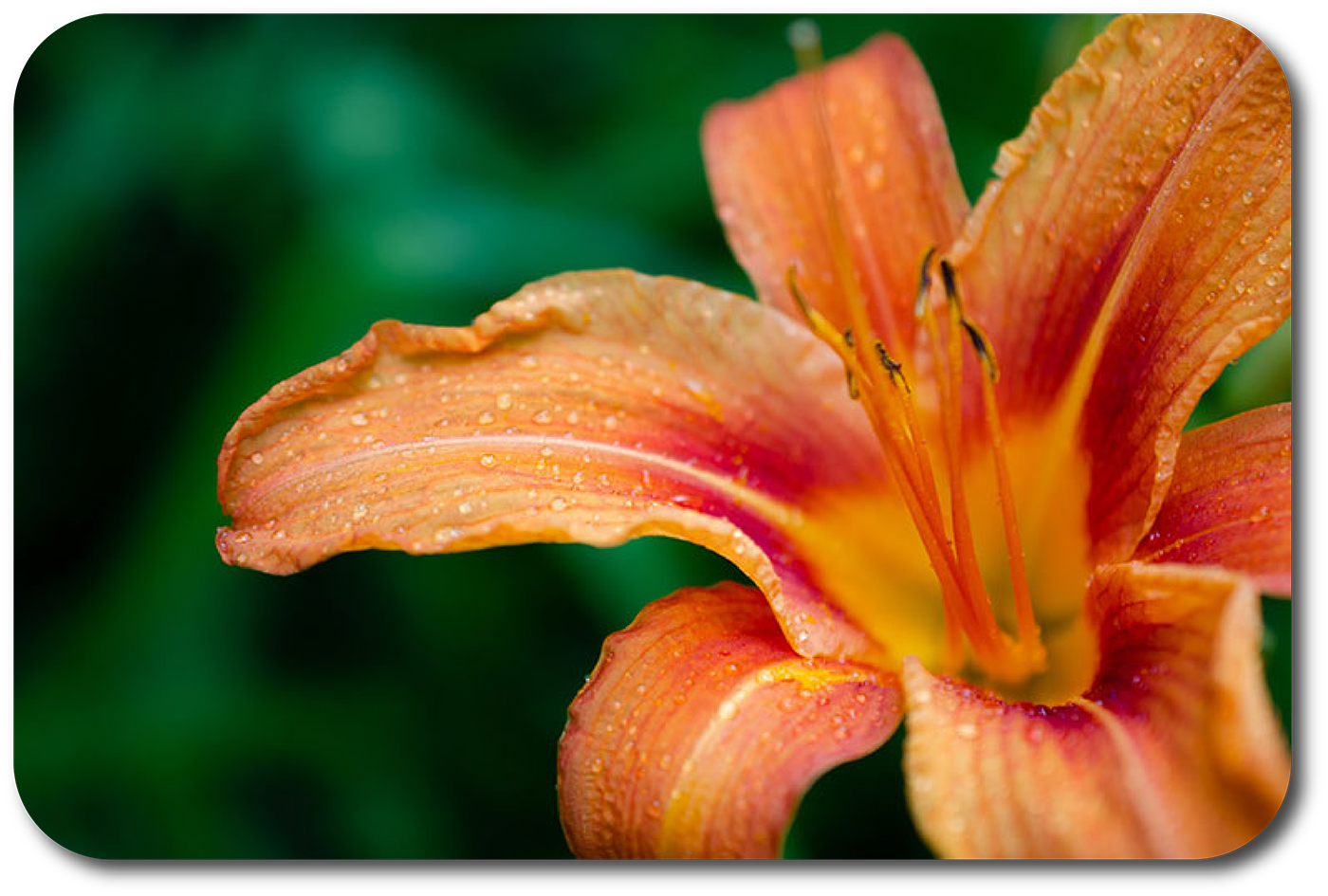Orange Daylily
(Hemerocallis fulva)
INVASIVE
(in scattered parts of the Eastern United States)
The orange daylily, native to East Asia, made it to the US shores in the 1800s. This ornamental plant thrives in temperate climates and is known for its easy cultivation and bright, vibrant flowers. Belonging to the Liliaceae family, the orange daylily gets its name because each flower only lasts a single day.
For over a thousand years, the daylily has been cultivated as a food source in Asia, with new flowers or buds frequently cooked and eaten. However, eating the young daylily shoots is not recommended.
The daylily is an herbaceous clump-forming perennial plant and grows to be about 2 to 4 feet tall. While commonly seen in gardens and along fence rows, the orange daylily also grows along stream beds, in ditches, in forests, and commonly around abandoned homesteads and old flower gardens. A daylily cluster typically produces 10 to 20 flowers, but only one flower opens at a time. The daylily blooming period occurs between June and August, and the blooming period lasts about a month.
Daylily plants are easy to grow, even for beginning gardeners, do well in open shade to full sun, and are drought tolerant and winter hardy. The flowers attract butterflies and hummingbirds but are toxic to cats.
Reference:
HealthBenefitstime.com. (September 2, 2021). Facts about orange daylily. Retrieved from:
https://www.healthbenefitstimes.com/orange-daylily/




